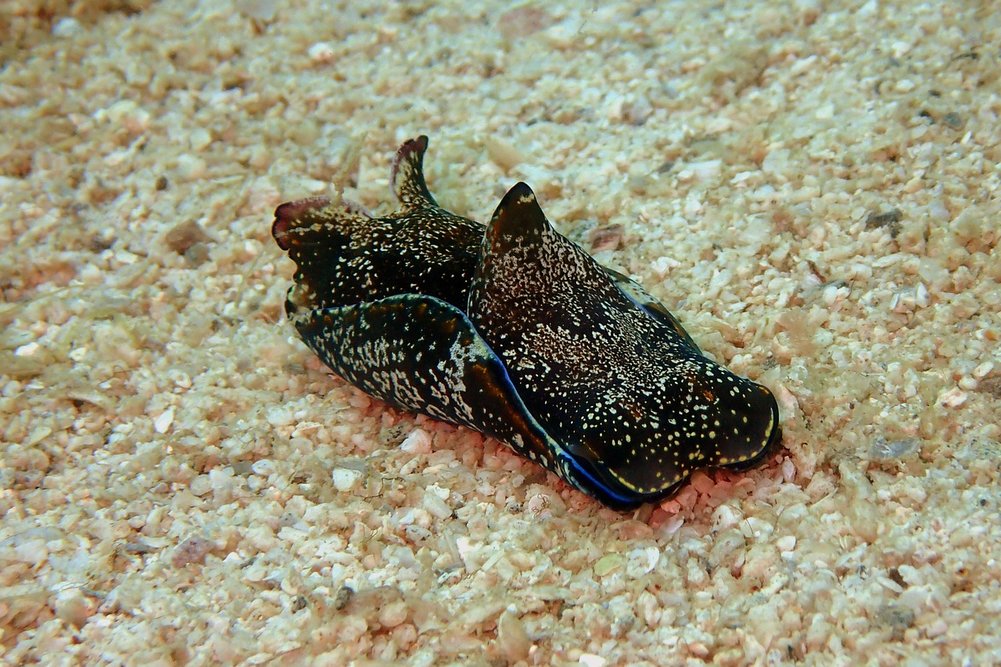Lately, a major step forward has been made in using CRISPR technology in neurosciences. Over the past few years, scientists have been using gene sequencing to uncover genes that are important in brain development and in neurological diseases. The next step is to figure out if disrupting these genes can cause any of these diseases. A recent article published by the MIT’s Brain Scan explains how CRISPR seems to be the perfect technology to make this happen.
For example, if scientists believe that a mutation in specific gene is causing the neurological disease, they can introduce that mutation or multiple mutations into the embryo of a mouse via the CRISPR system. These mice and their offspring will contain this mutation and then scientists can study their behavior and physical changes and see if they have the “mouse version” of neurological disease. These mice can then be given potential drugs to see if those drugs help relieve symptoms.
 As explained in the recent SITN article, another advantage is that it takes only about two months to create a mouse model with neurological disease using CRISPR because the components are more easily introduced into the embryo and multiple breeding steps are not required. In contrast, previous methods for making mouse models can take up to two years from design of the mutated gene to multiple rounds of mouse breeding to make sure that the mouse offspring have the correct genetic mutation.
As explained in the recent SITN article, another advantage is that it takes only about two months to create a mouse model with neurological disease using CRISPR because the components are more easily introduced into the embryo and multiple breeding steps are not required. In contrast, previous methods for making mouse models can take up to two years from design of the mutated gene to multiple rounds of mouse breeding to make sure that the mouse offspring have the correct genetic mutation.
Dispite the promising results, a few challenges still exist. Firstly the human genome is large and sometimes, CRISPR system will make unintended cuts in the DNA. In this way, unintended mutations might arise which might affect the health or even survival of the animal and can confuse the results of any experiments.
Secondly, it is very difficult to get the CRISPR components to cross the blood-brain barrier. Some progress has been made by stripping the CRISPR components down and stuffing them into a modified non-disease-causing virus that can easily cross the blood-brain barrier, however the effectiveness is still being investigated.
Finally, there are ethical issues to consider when proposing CRISPR as a gene therapy for humans or even using CRISPR in primate animal models. While primates are used in a number of brain imaging studies, the ethics of genetic manipulation in these animals, and potentially in humans, is still being hotly contested.
Jana Erjavec, PhD, BioSistemika LLC
The original article has been published by SITN in Special Edition on Neurotechnology.
Further reading:
- Why is CRISPR such a hot technology
- CRISPR/Cas9 Brings Hope for Duchenne Muscular Dystrophy Treatment










